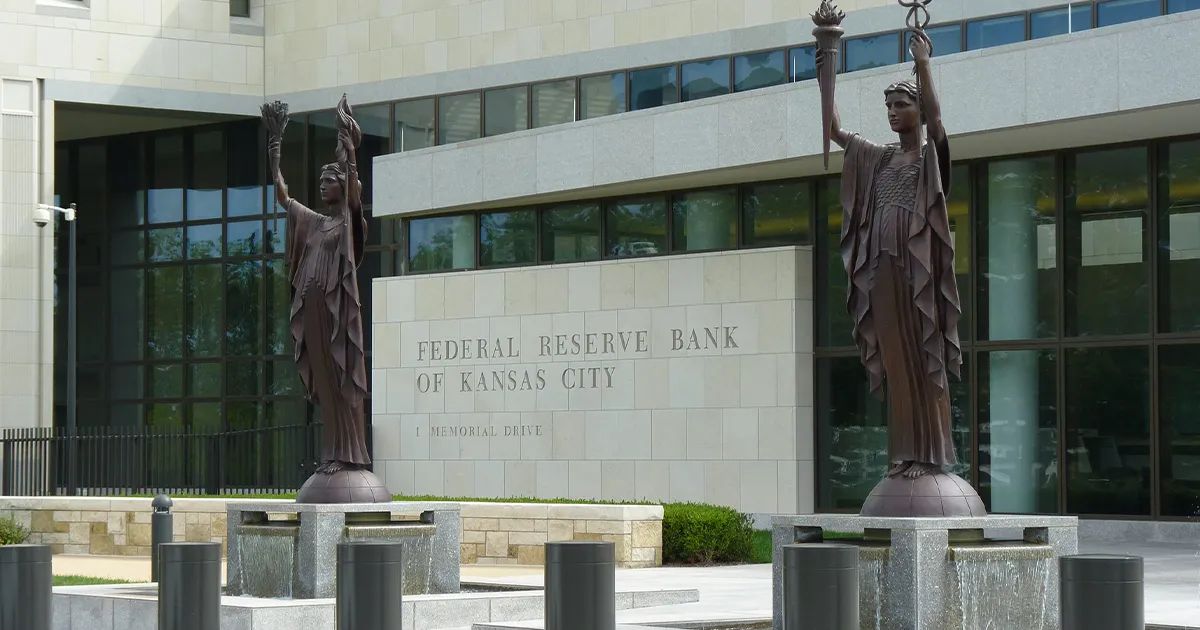
Farmers Hope for Interest Rate Relief as Operating Loan Demand Climbs
September 17, 2024
Interest rates on farm loans are at multi-decade highs, and many hope relief will come on Wednesday afternoon.
The Federal Reserve is widely expected to cut interest rates for the first time since its inflation battle began in 2022, but what's uncertain is the size of the cut, whether it's a quarter-percentage point or a half-percentage point. Currently, the federal fund rates are 5.25% to 5.5%.
"Higher interest rates have hit the ag sector much harder than the rest of the economy," DTN Lead Analyst Todd Hultman said.
In addition to increasing farmers' operating costs, higher interest rates also helped fuel fund managers' record short positions in corn, soybeans and wheat earlier this year.
"I'm not going to blame the lower corn and soybean prices on speculators, but they certainly add to and exaggerate the downward pressure on our commodity prices," Hultman said. "Lower interest rates could help provide some relief to farmers in a couple of ways."
The Kansas City Federal Reserve reports that demand for non-real estate loans, such as operating notes, is rising at the fastest rate since 2016, with 45% of lenders in a survey saying demand is higher than last year.
"Elevated production costs and lower prices for key commodities, particularly major row crops, have reduced liquidity in the sector and spurred a rise in non-real estate loan demand. Interest rates on farm loans also remained at multi-decade highs, keeping financing costs high," Federal Reserve ag economists Cortney Cowley and Ty Kreitman wrote.
Farmers in the Kansas City Federal Reserve district paid an average interest rate of nearly 9% in 2024.
Hultman would like to see a larger cut this week and follow with a swift reduction in rates but warns the Fed may opt for caution.
"They don't want any reinflation of consumer prices to occur," he said. The Fed's favorite inflation index, the Personal Consumption Expenditures price index, has held annual inflation at 2.5% since July.
Hultman said energy prices make up a large component of that index. Crude oil prices have recently fallen to some of their lowest levels in a year, which is a supportive sign of slower inflation. The U.S. is producing a record 13.3 million barrels of oil a day. At the same time, there are signs of slowing economic growth in China weighing on demand.
"The one hang-up that's been keeping oil prices elevated has been the Israel-Iran conflict," he said. "It could flare up anytime."
While all eyes will be on how big of a cut the Federal Reserve makes on Wednesday, Hultman said he thinks there's plenty of room to keep cutting.
"In my mind, we really need to get the federal funds rate back under 3% again to help take some of the pressure off the ag economy," he said.
Farmer Mac Chief Economist Jackson Takach thinks that's within the realm of possibility, telling the Kansas City Agribusiness Council's Ag Outlook Forum that the secondary lender anticipates almost 200 basis points of cuts over the next two years. He also cautioned that based on the schedule of renewals, it may take several cycles before farmers feel the full benefits of a lower interest rate environment.
Source: DTN










